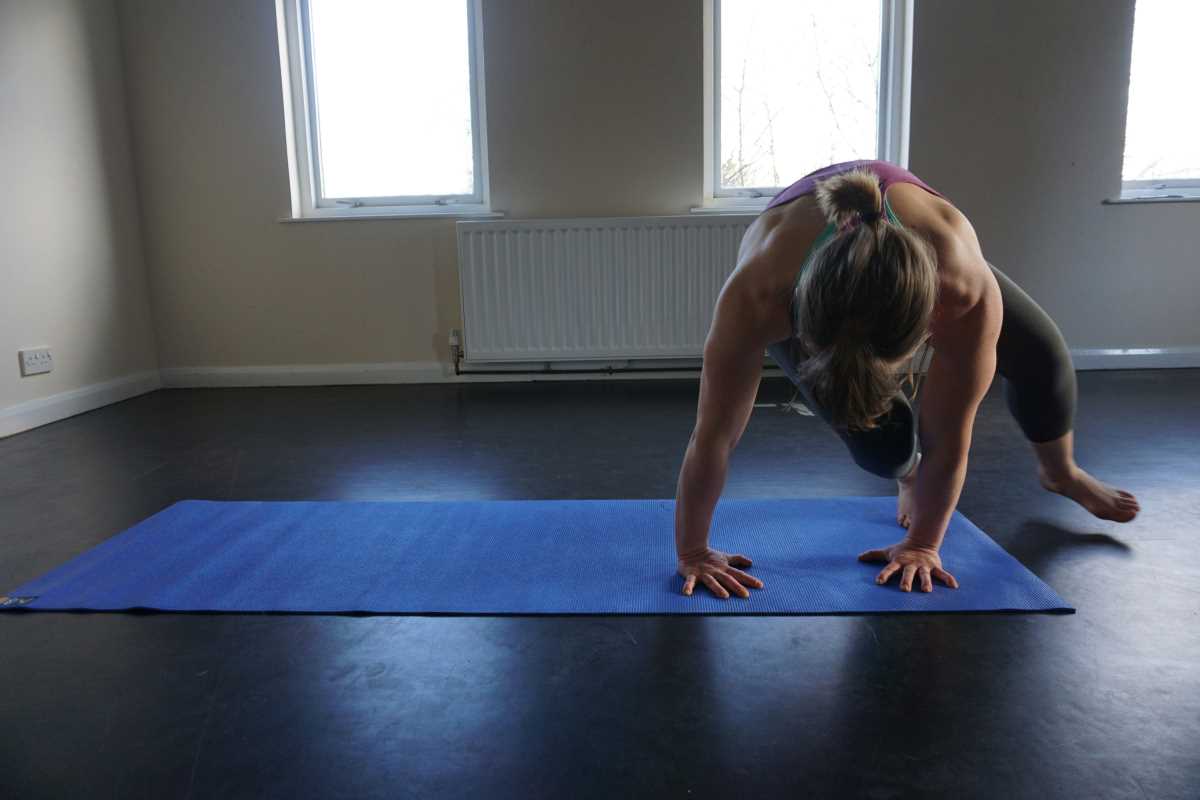Calligraphy, the art of beautiful handwriting, serves as more than just a visual delight. It intertwines with mindfulness and mental wellness, offering practitioners a unique avenue to center their thoughts and find tranquility. Engaging in calligraphy encourages a focus on the present moment, allowing individuals to step away from the chaos of daily life and immerse themselves in the flow of creative expression.
The Art and History of Calligraphy
Calligraphy boasts a rich history that spans across various cultures and epochs. Its evolution mirrors the artistic and spiritual values of the societies that nurtured it. Here are some notable cultural styles of calligraphy:
- Chinese Calligraphy: Rooted in ancient Chinese traditions, this style emphasizes brush strokes and the balance of characters.
- Arabic Calligraphy: Known for its fluid lines and intricate designs, Arabic calligraphy often adorns religious texts and architectural elements.
- Western Calligraphy: Encompassing styles like Italic, Gothic, and Copperplate, Western calligraphy has been integral to manuscripts and formal documents.
- Japanese Shodo: Combining elements of Chinese calligraphy, Shodo focuses on the spiritual and meditative aspects of writing.
Each cultural variant brings its own techniques and philosophies, showcasing the versatility and enduring appeal of calligraphy as an art form.
Mental Health Benefits of Calligraphy
Practicing calligraphy offers numerous mental health benefits that contribute to overall well-being. The act of carefully crafting each letter requires concentration, which helps divert the mind from stressors and negative thoughts. This focused engagement acts as a form of meditation, fostering a sense of calm and reducing anxiety.
Moreover, calligraphy encourages patience and perseverance. As practitioners refine their skills, they develop a greater sense of accomplishment and self-esteem. The repetitive motions and attention to detail inherent in calligraphy practice promote relaxation, making it an effective tool for managing symptoms of depression and enhancing emotional resilience.
Getting Started: Tools and Techniques
Embarking on a calligraphy journey requires some basic tools and materials. Here's a numbered list of essentials for beginners:
- Calligraphy Pens: Choose between dip pens, fountain pens, or brush pens based on your preferred style.
- Ink: Select high-quality ink that flows smoothly and complements your chosen pen.
- Paper: Use smooth, heavy paper to prevent ink bleeding and ensure clean lines.
- Ruler and Pencil: These tools help in sketching guidelines for consistent letter spacing and alignment.
- Practice Worksheets: Start with basic alphabet sheets to familiarize yourself with letterforms and stroke order.
Additionally, creating a comfortable workspace with adequate lighting and minimal distractions can enhance your practice sessions. Investing time in understanding different techniques and experimenting with various tools will pave the way for a fulfilling calligraphy experience.
The Meditative Process
The meditative aspect of calligraphy lies in its ability to calms the mind through deliberate and mindful action. As you focus on the flow of the pen and the formation of each character, your thoughts naturally settle, creating a serene mental space. This process not only enhances creativity but also cultivates a deeper awareness of your thoughts and emotions.
Engaging in calligraphy requires a harmonious blend of precision and fluidity. This balance allows practitioners to enter a state of 'flow,' where time seems to stand still, and the mind remains clear. The rhythmic motion of writing and the visual progression of forming letters contribute to a therapeutic experience, making calligraphy a powerful tool for mental relaxation and emotional healing.
Calligraphy stands as a timeless practice that nurtures both artistic expression and mental well-being. By immersing oneself in the mindful creation of beautiful letters, individuals can experience profound relaxation and a heightened sense of inner peace. Exploring this art form not only enhances one's aesthetic appreciation but also offers a meaningful path to mental wellness.
 (Image via
(Image via





